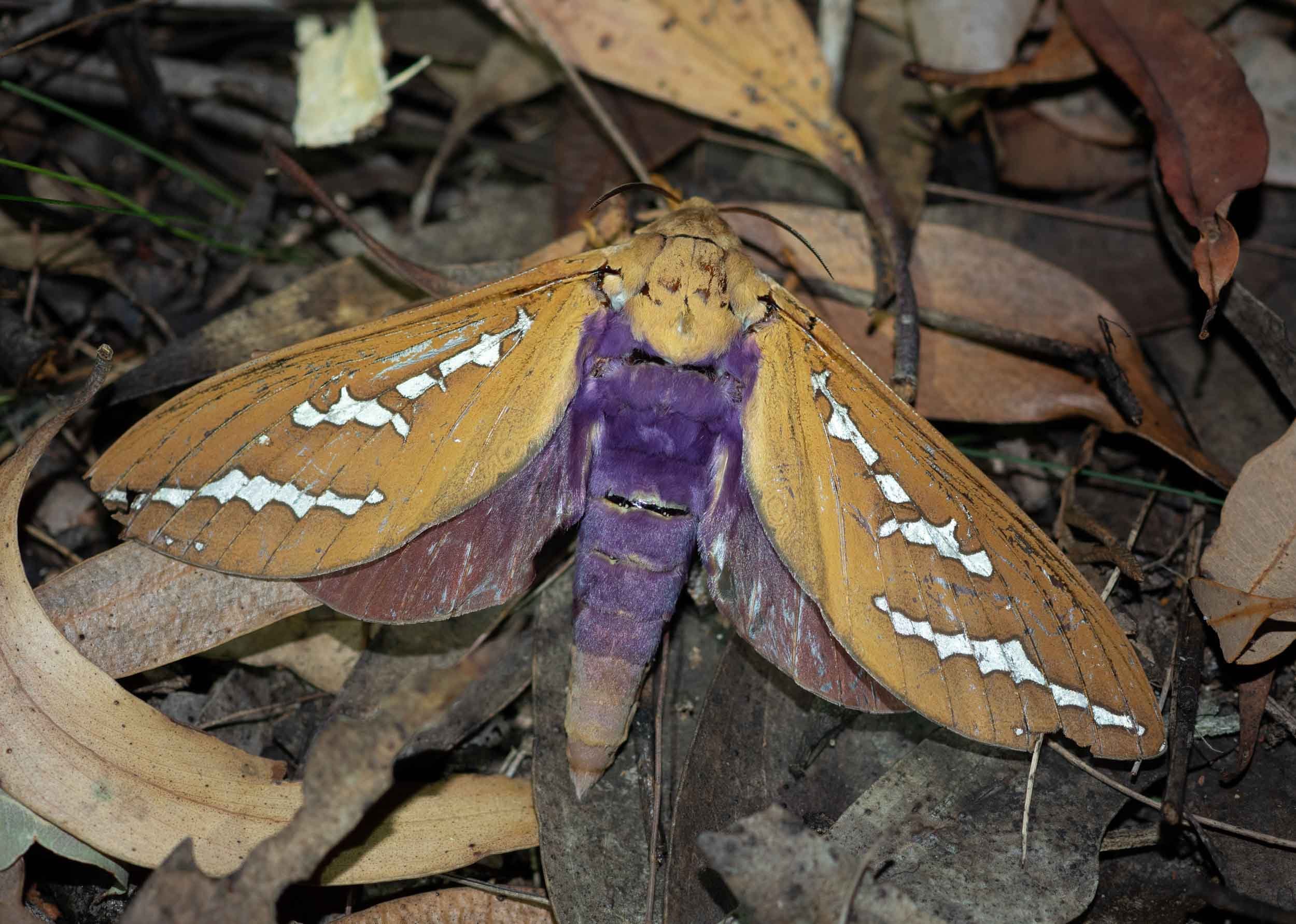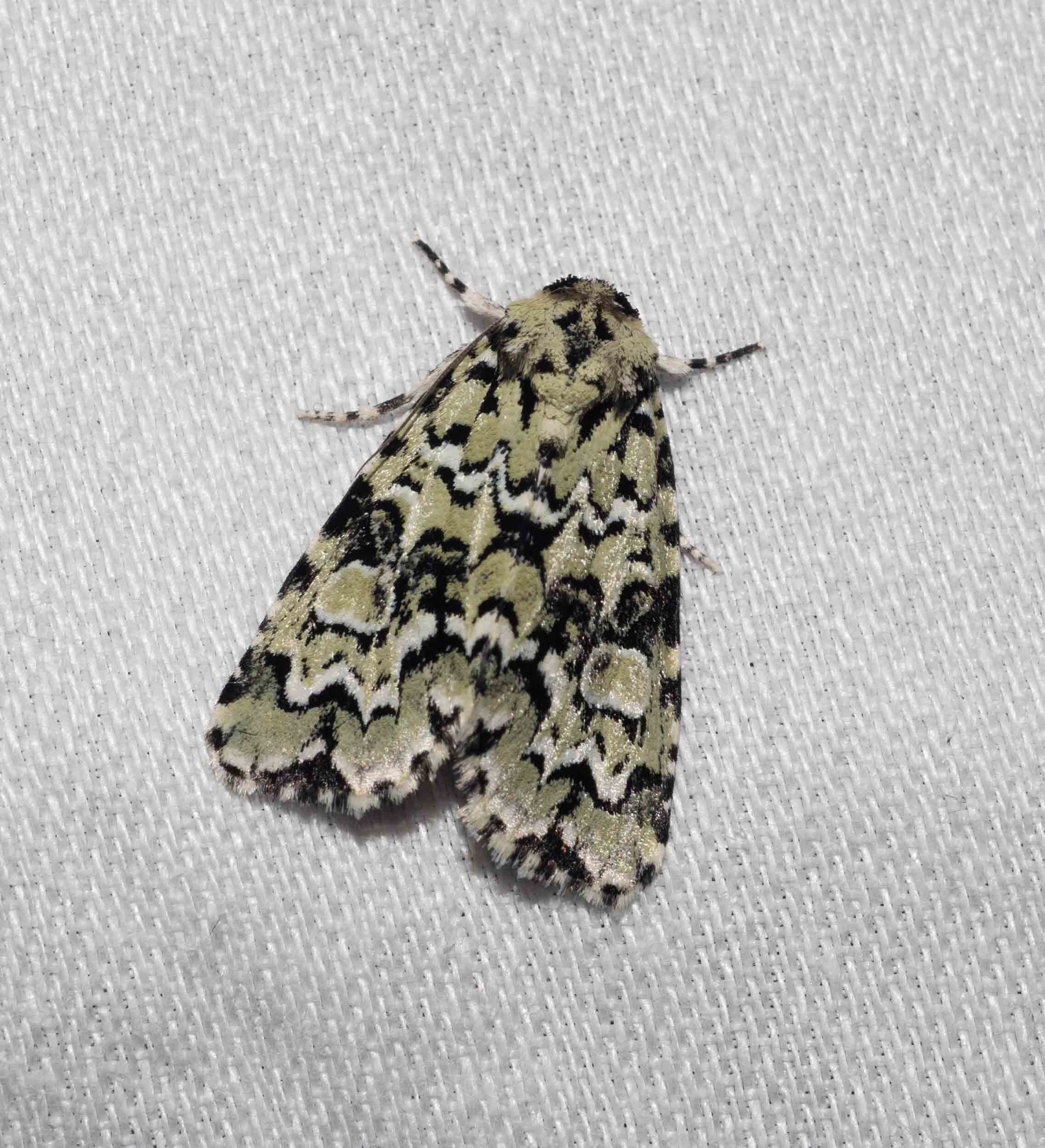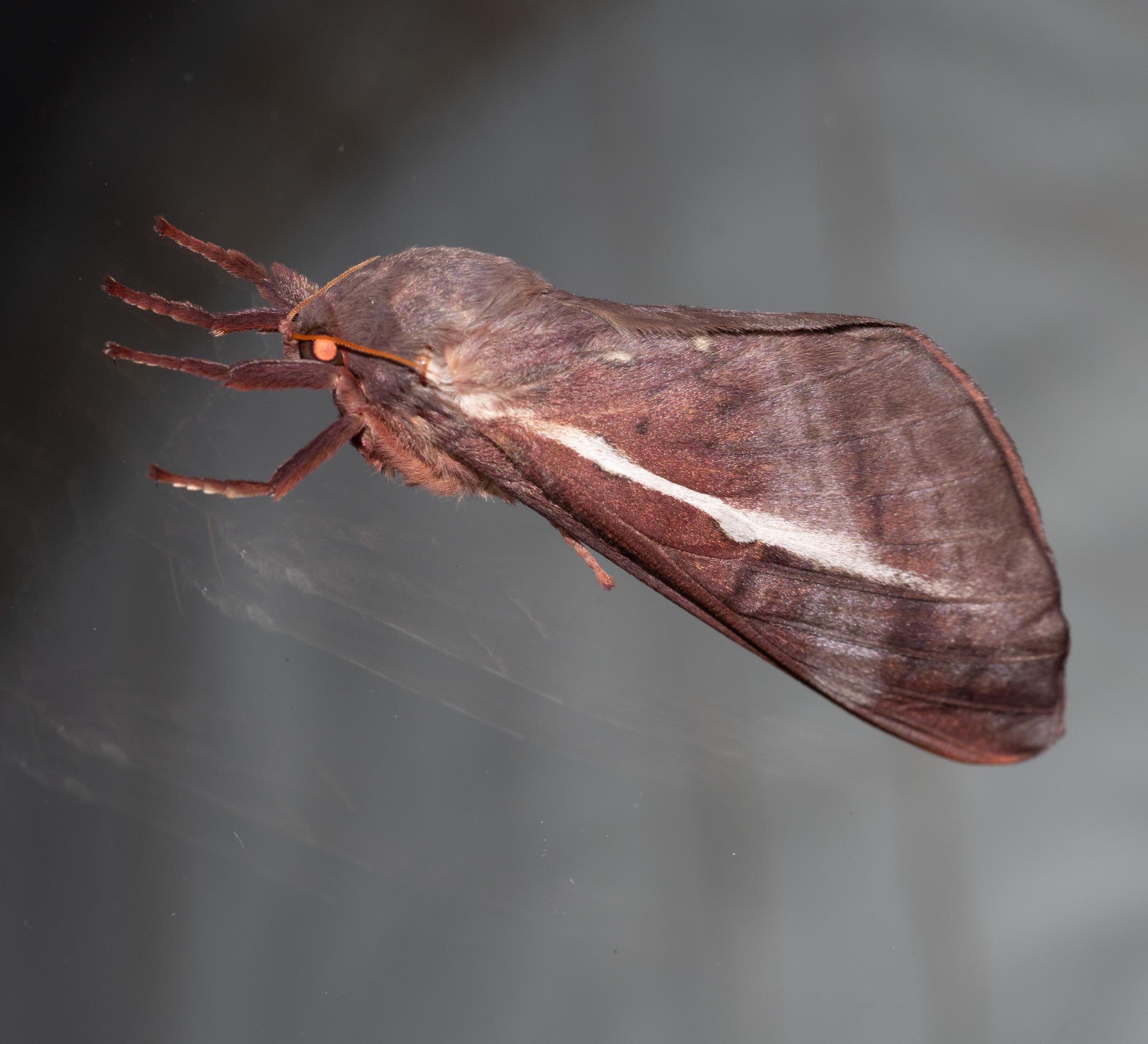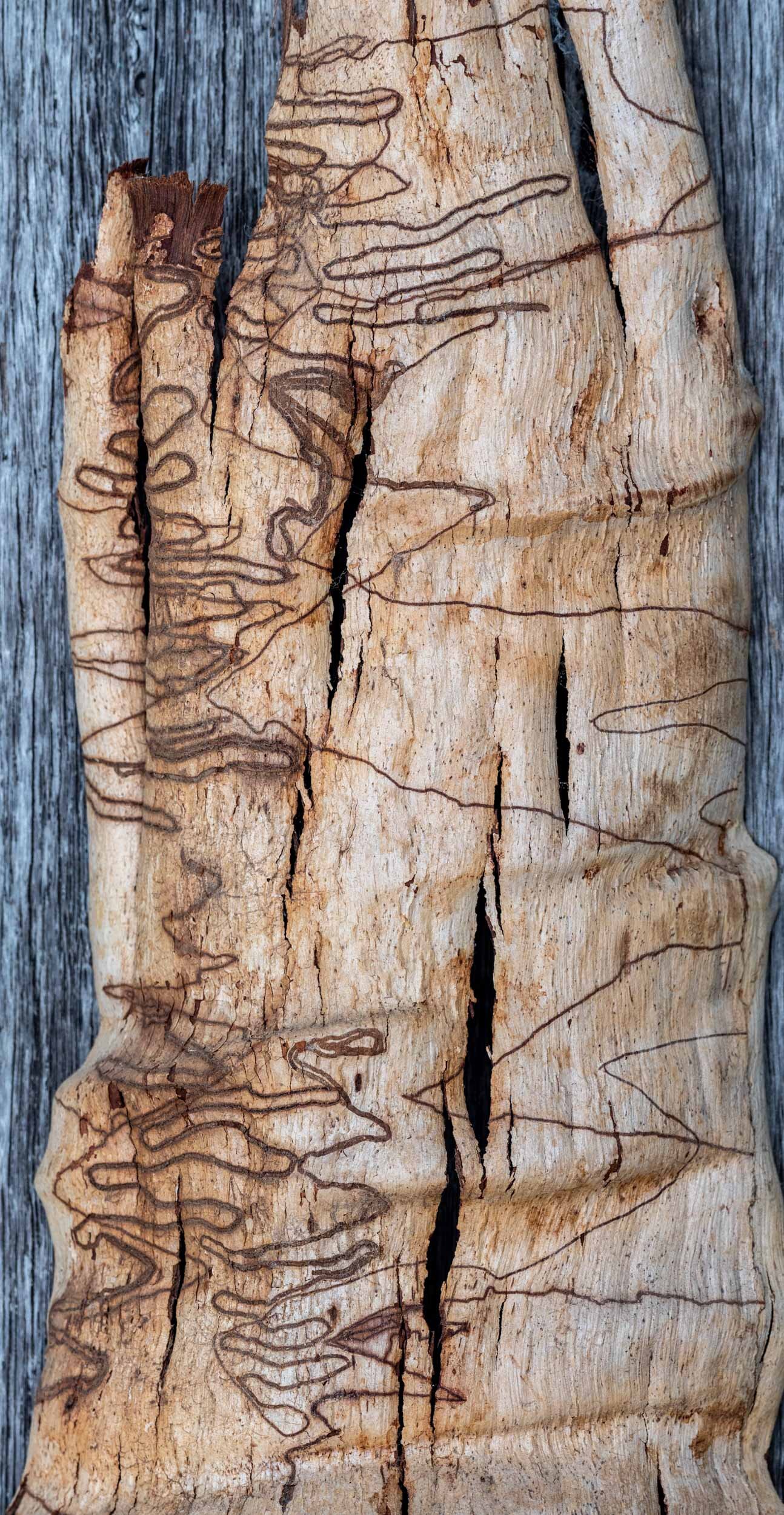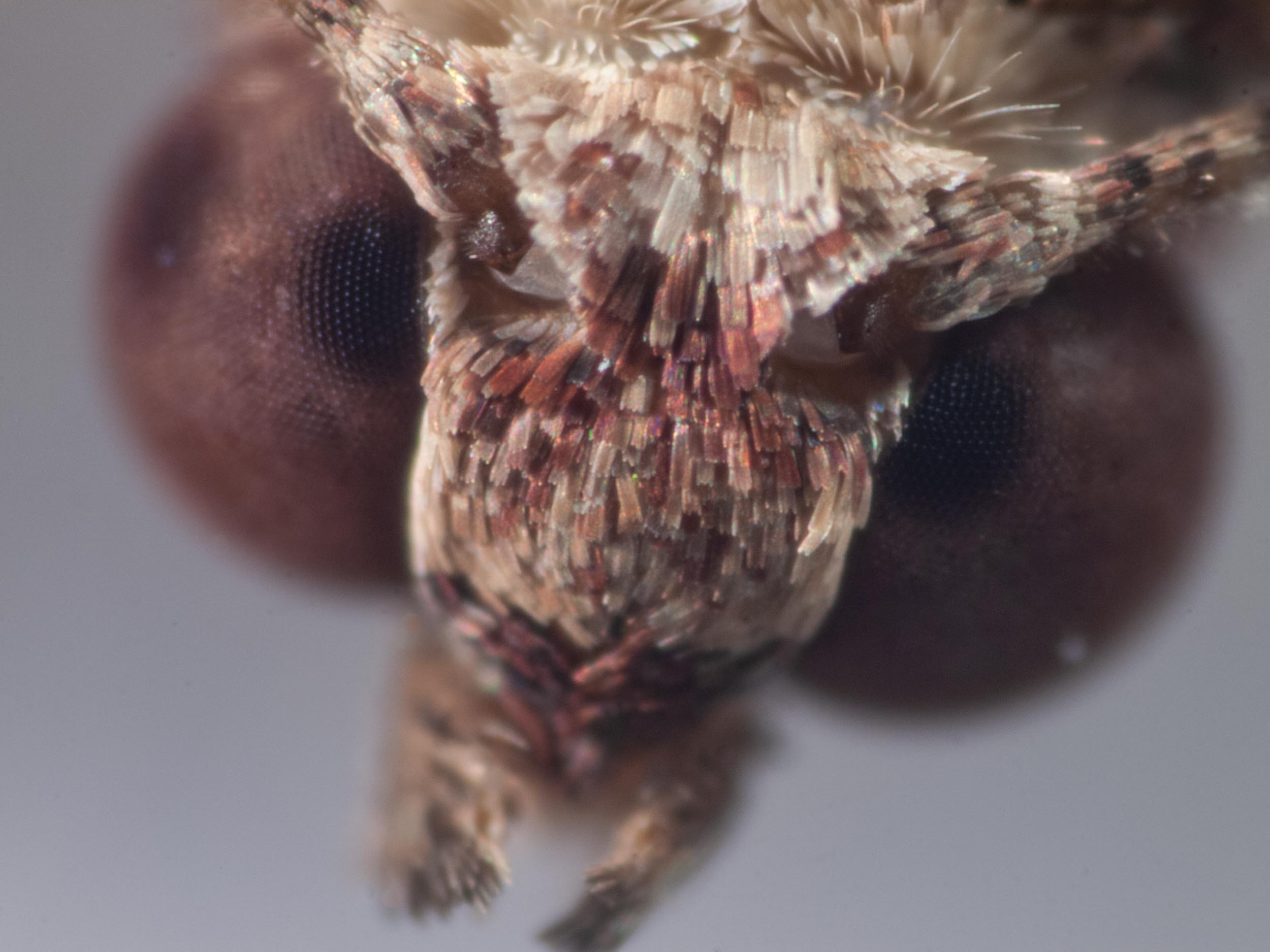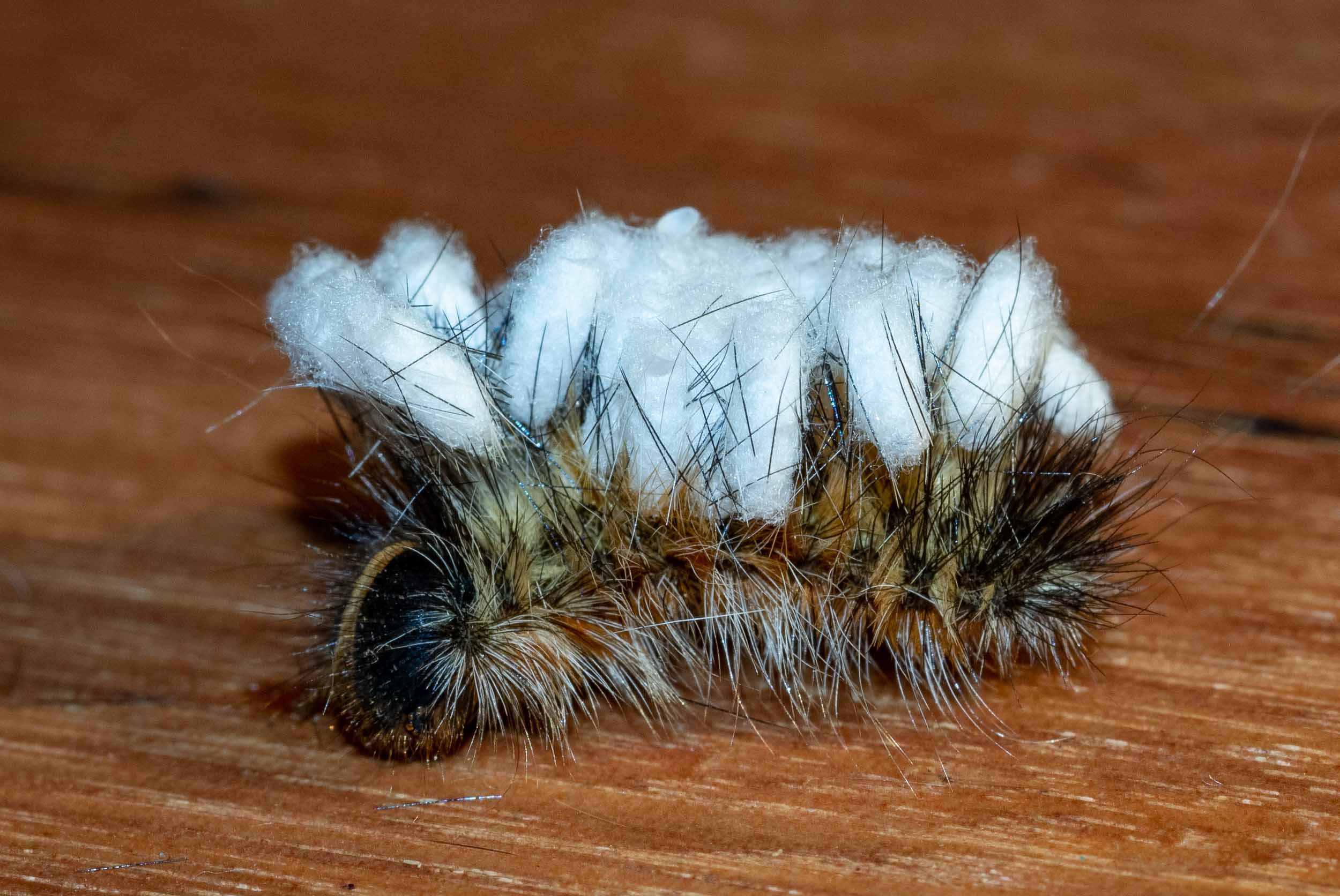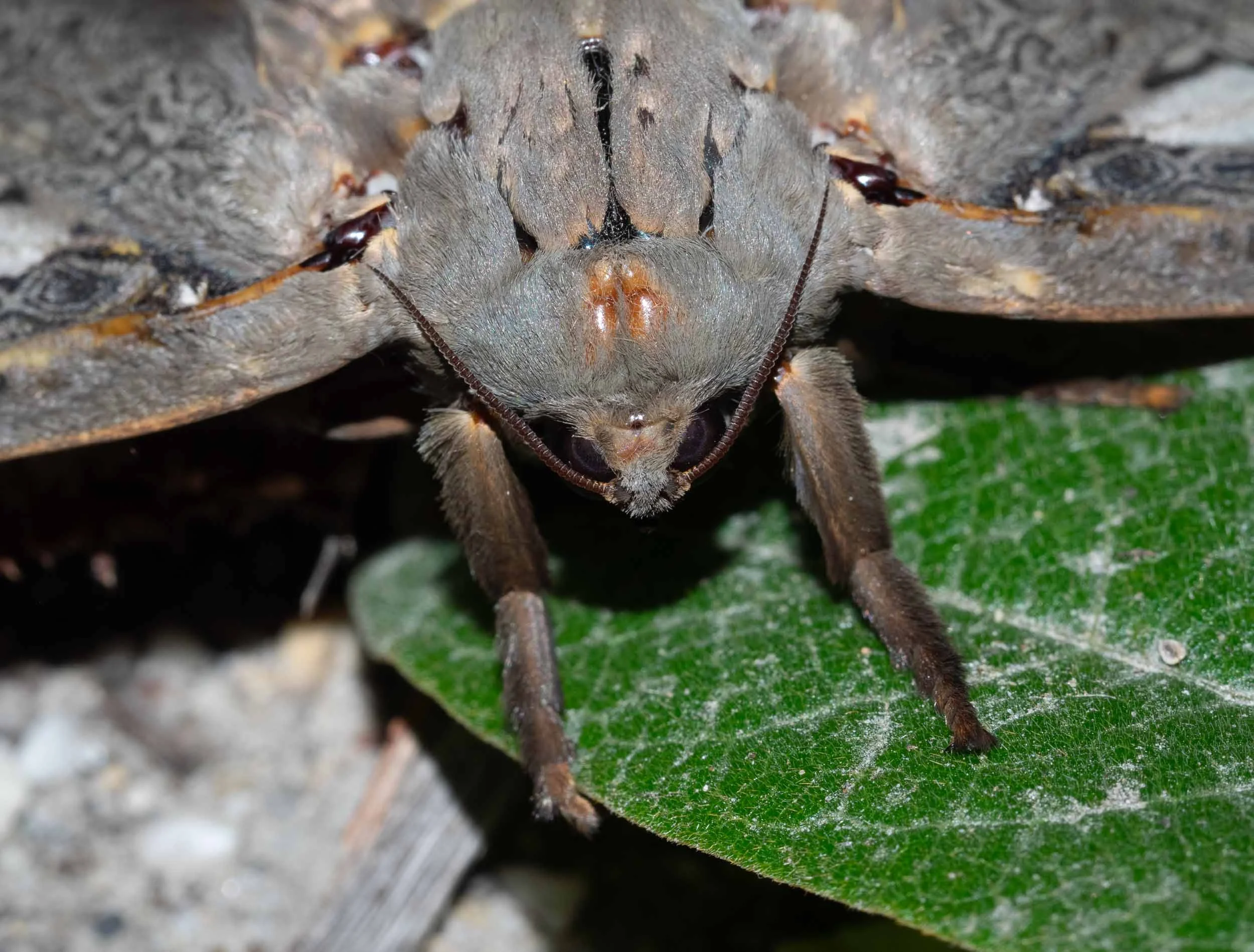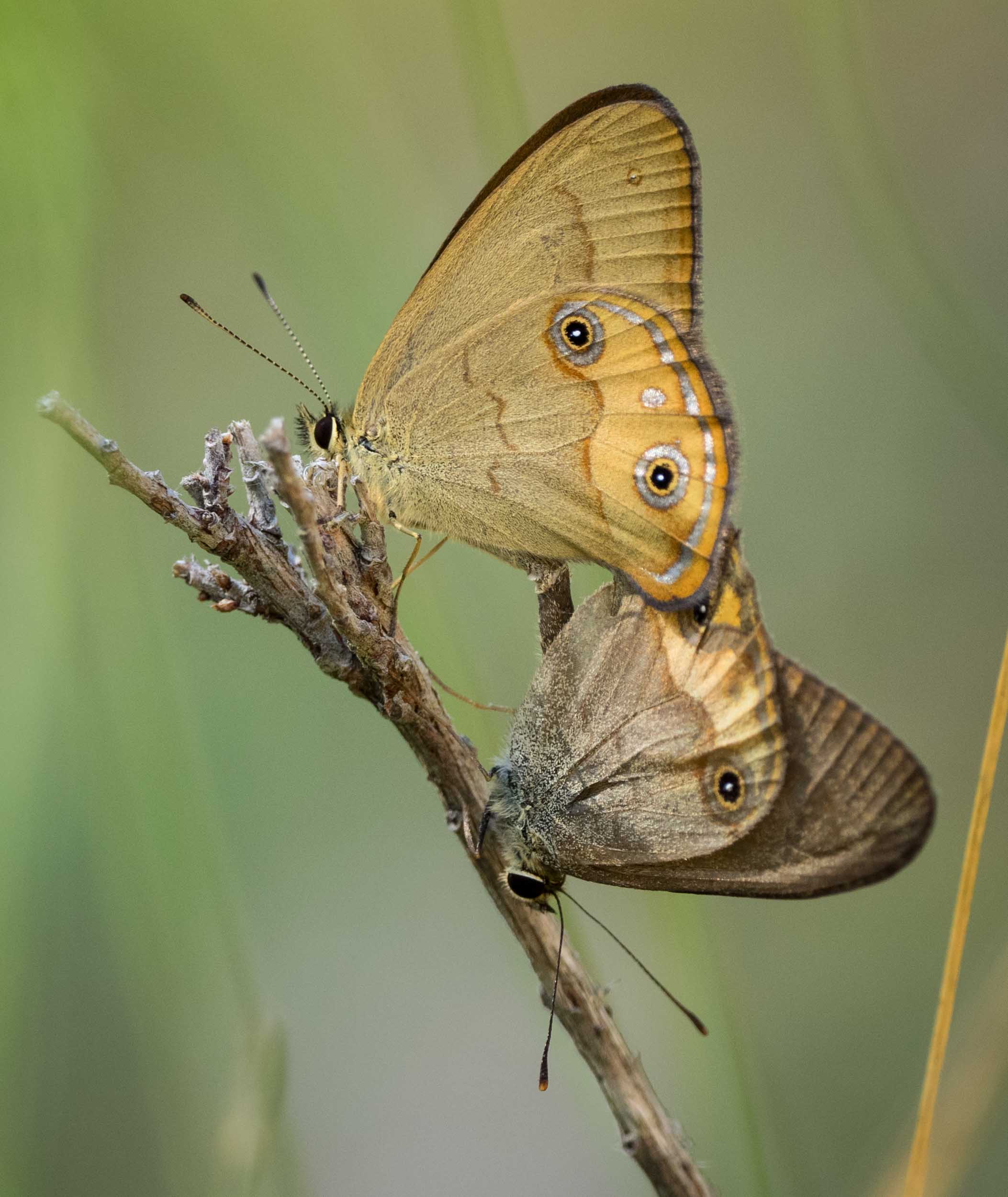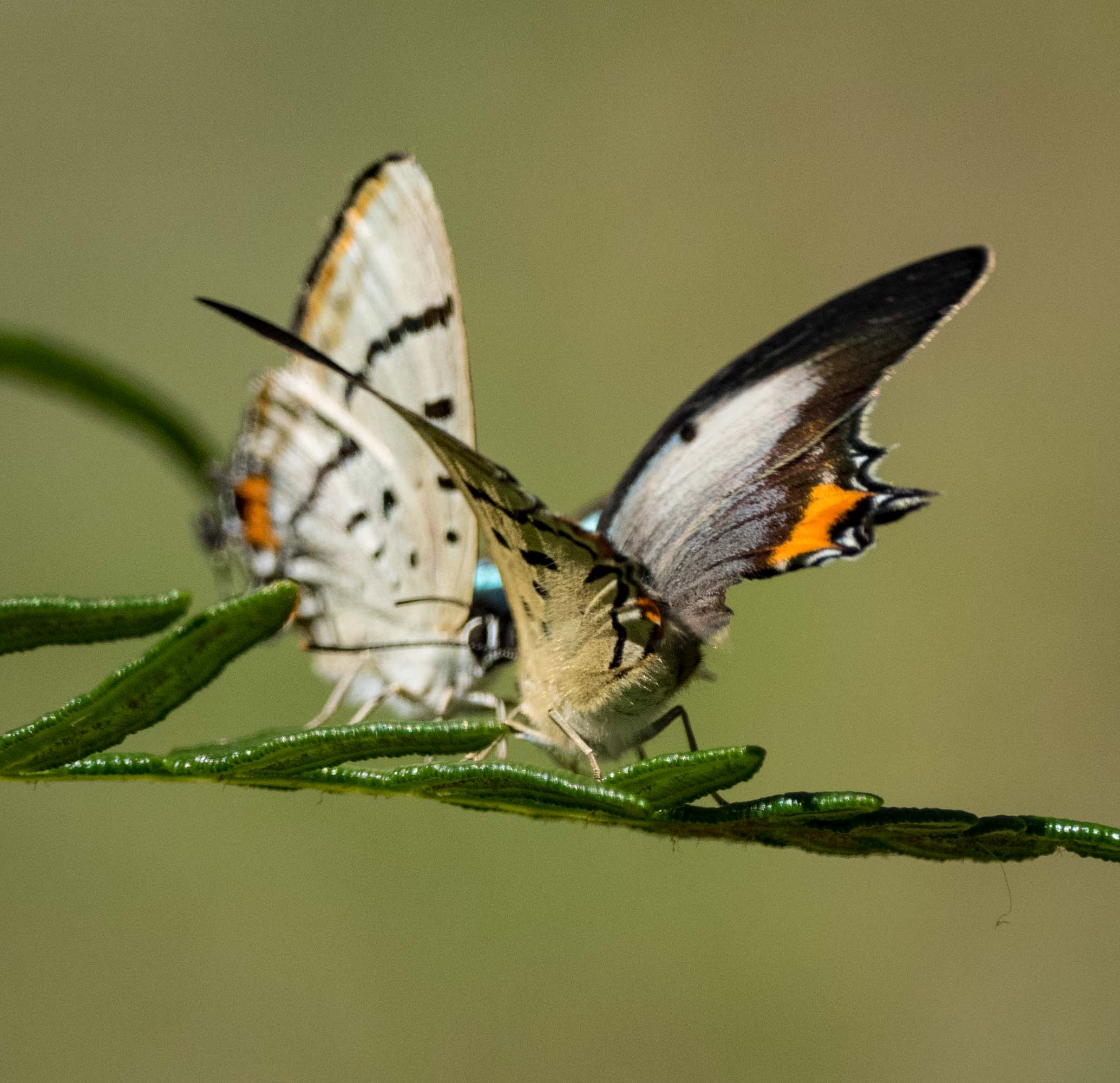Studying lepidopteran life histories
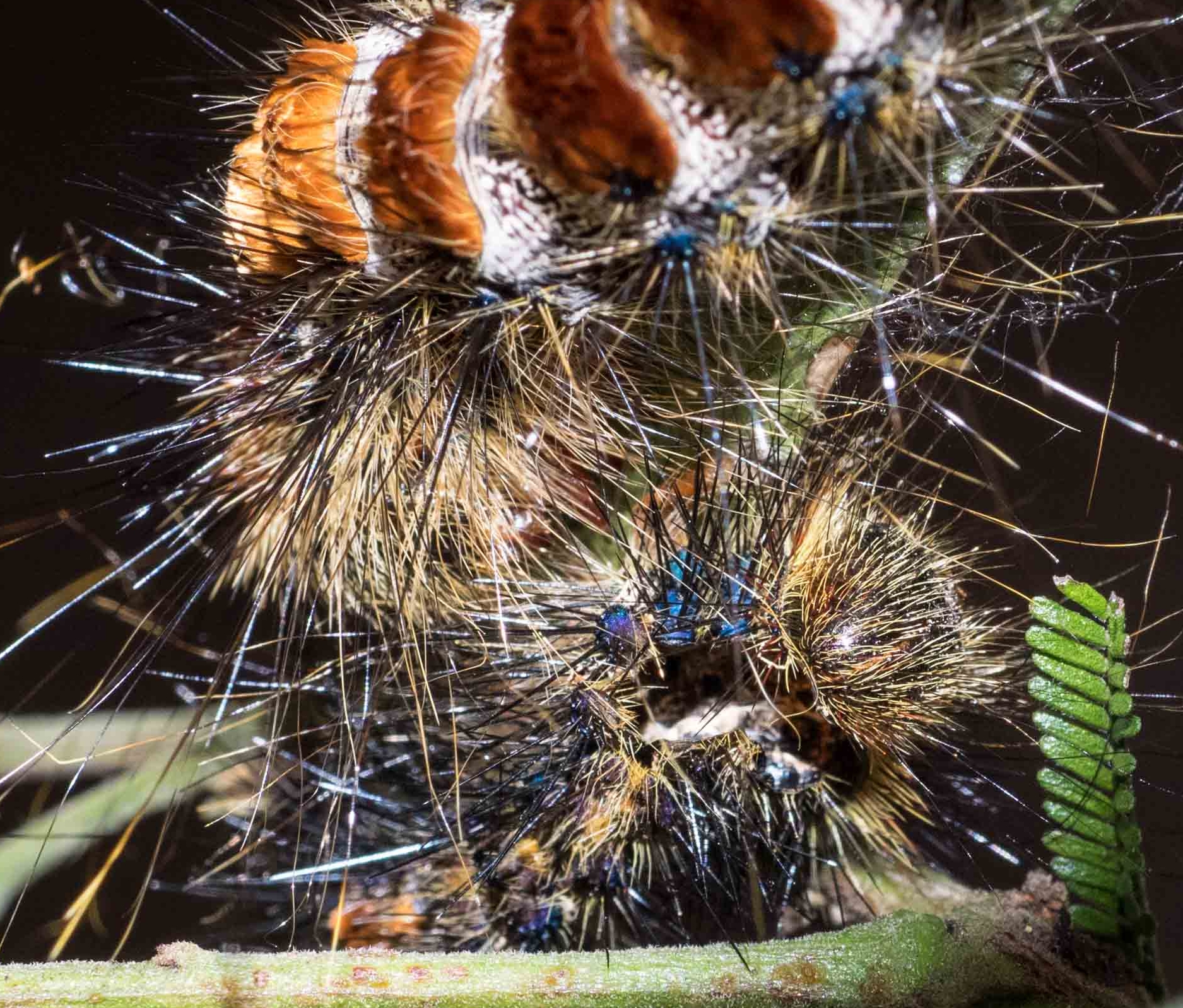
When it comes to identifying insect species, it is the adult stage of the lifecycle that is usually described in field guides. That makes sense – it is typically the adults that are responsible for not only reproduction but dispersal too.
But this raises the question of how to identify caterpillars.
And why we might want to.
Caterpillars are interesting in their own right. As the feeding stage of the lepidopteran lifecycle, it is the caterpillars that display each species' ecological relationships with particular plants. And many moths and butterflies spend considerably more of their lives as caterpillars than they do as winged adults.
Raising caterpillars through to adults serves two purposes. First, it provides the information we need for species identification. And secondly, we can contribute our observations to the Atlas of Living Australia and other ecology projects, helping to fill in the gaps in species records. And I admit to a third reason ... it's simply rather good fun. They make excellent, no-fuss pets, and provide plenty of photo opportunities along the way.
We are currently housing several 'little buddies' of various species. Let me introduce each of them in turn.
The 'buddy' tank as it appears today - it changes, depending on who lives there.
1: the 'pink looper'
Tiny (about 10-15mm) and discovered feeding on the young leaf tips of Eucalyptus sieberi seedlings last October. Yes, we've had it a while now!
12th October, 2016
16th October, 2016
Caterpillars may grow and change quite quickly during the early stages of their development. In just four days this one had grown to 25mm and was becoming increasingly colourful.
Another week and it was 35mm long with beautifully coloured head and spiracle markings.
24th October, 2016
By early November, Pink Looper was 40mm long and quite fat ... and then it started to spin a cocoon. Lying on the base of the container, protected within a silky, brown covering, it slowly developed a chrysalis. We were surprised to realise that this can be quite a slow process. It was late December before the glossy chrysalis was fully-formed and hardened. I then carefully separated it from the cocoon (image below) and set it aside to wait ...
27th December, 2016
13th September, 2017
And since then, there have been no obvious changes. Pink Looper still lies encased in his gleaming shell on the floor of the buddy tank.
We are quite confident it belongs to the moth family Geometridae. There are other families that include such hairless, 'inchworm' caterpillars, but those caterpillars have more than two pairs of prolegs. Based on images and description in an online resource we use, this may be the species Melanodes anthracitaria.
Despite how long it has been since it pupated, I doubt that Pink Looper is dead. I have read that Geometridae species sometimes spend a year or even more as pupae. We just have to be patient. In a photo taken yesterday, I think I see a suggestion of 'eye-shine', so I'm hoping to see a moth break free some time soon. Perhaps then we can refer to it by its proper name! And photograph it, And, of course, release it. I always release my 'little buddies' when they become adults.
2: white-faces, numbers one & two
With the arrival of Spring, we are seeing more insects each day. Last week I discovered several of these small, hairy caterpillars climbing the (outside!) walls of the house. They were not together in procession, but they were all identical. I collected two.
7th September, 2017
7th September, 2017
So, what to feed them? As these two were not found on vegetation, it's really a guess. I supplied various Acacia species, some grasses and eucalypt leaves. They quickly moved to feeding on the Acacia, one on Acacia longifolia and the other on Acacia mearnsii.
Four days later, one of the pair stopped grazing and crawling about - and after a few hours emerged with a brand new hairy coat!
This next instar doesn't look a lot different or even a lot larger. The photos below show White-Face sharing a leaf with the MUCH larger Aglaosoma variegata - a caterpillar whose identity we do already know.
12th September, 2017 - discarded 'skin'
12th September, 2017
12th September, 2017
It is interesting to see the extent to which these two seem happy to interact. I am suspicious that the White-Face twins might indeed be related to the Aglaosoma, and may even be the same species. They have similar velvety tufts along their backs, although their faces and overall pattern of hairs are quite different. Time will tell.
3: Varied Notodontid
We have collected and raised Aglaosoma variegata before. So why do so again?
When I first collected this one, it was an earlier stage ('instar') than we'd seen previously. I suspected the species identity, but was not totally confident.
After a day of feeding a little, on Acacia, it stopped moving entirely - and I was actually concerned that it had died.
31st August, 2017
Then a week later it moulted to reveal its full glory – including the amazing golden tufts we associate with this species.
6th September, 2017 - newly moulted and still resting alongside its shed 'skin'
4: little anthelid
This very small, very hairy caterpillar is one we've seen before, but never managed to raise successfully. Based on the overall appearance, including the 'face', I think it belongs to the family Anthelidae – a group some reports suggest are indeed quite difficult to rear. I thought I'd give it another try.
I found 'Little Anthelid' on a stem of the twining Kennedia vine, growing among a dense patch of sedges and grasses.
23rd August, 2017
23rd August, 2017
For a couple of weeks it moved about very little. Then suddenly it showed interest in the grasses, nibbling away and even growing in length.
After a few days, it moved on to feed on the wattle leaves.
6th September, 2017 - now 24mm long.
Then, on 11th September, it stopped dead. And I really wasn't too optimistic about it surviving. It grew pale and completely motionless.
12th September, 2017
So there was much rejoicing this morning when I discovered this!
14th September, 2017
5: mystery golden cocoon
As for this beautiful cocoon, we have no idea. I found it lying amongst the leaf litter several months ago. We wait to see who might emerge.
12th September, 2017 - apparently unchanged since it was collected on 4th May, 2017
6: paper gift wrap
And this one is even more mysterious. It was attached to a piece of stacked firewood.
12th September, 2017 - collected on 28th July. I have cut away a section of the papery wrapper to expose the cocoon inside.
It may not even be a lepidopteran – although the silken cocoon inside, with its variety of hairs, does look like it was built by a hairy caterpillar of some kind. However, I will not be too surprised if an entirely different type of insect eventually emerges. Perhaps even spiderlings?? I don't think so, but I really don't know ... yet.
For more discussion about how we go about identifying species, including other invertebrates and plants, see the section title Species ID





















